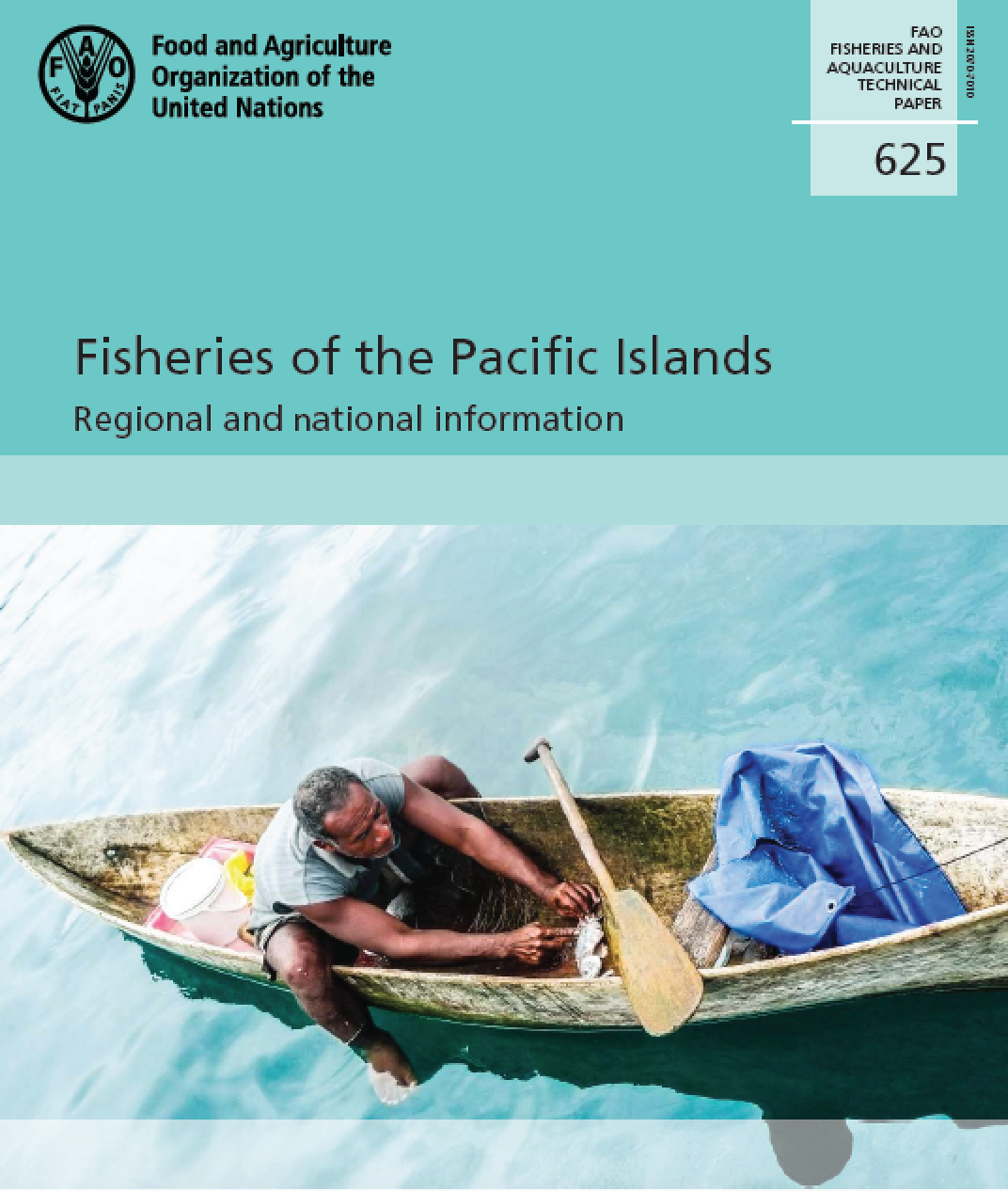Once in a while, one of those reference fisheries books for a region gets published, and you know it would be quoted in every report coming up. I love those books, and in this case even more so, because it has one of my pictures on the cover! (and I’m also referenced)
The cover is picture I took in Noro-Solomon Islands (my favourite tuna town in the whole world)
This new FAO FTP "Fisheries in the Pacific. Regional and national information" is a mammoth work that comes out of the efforts of three people I know and appreciate. It was produced under the supervision of my friend Jessica Sanders, a Fishery Officer of the FAO Subregional Office for the Pacific Islands. While the main author is Robert Gillett, a fisheries specialist based in Fiji (and a mentor to my consultant's career). The co-author, Mele Ikatonga Tauati, is a Junior Professional Officer with the FAO Subregional Office for the Pacific Islands who I also meet and is totally cool.
Below is the abstract, and here is the original
The Pacific Island region consists of fourteen independent countries and eight territories located in the western and central Pacific Ocean. In this area, there are about 200 high islands and some 2 500 low islands and atolls.
The main categories of marine fishing in the area are:
- offshore fishing. This is undertaken mainly by large, industrial-scale fishing vessels. Approximately 1 100 of these vessels operate in the exclusive economic zones (EEZs) of Pacific Island countries, mainly using purse-seine and longline gear to catch tuna.
- coastal fishing. This can be divided into three categories:
- small-scale commercial fisheries (also referred to as “artisanal”), which can be further subdivided into those supplying domestic markets, and those producing export commodities;
- subsistence fisheries, which support rural economies and are extremely important to the region’s nutrition and food security; and
- industrial-scale shrimp fisheries, which in the region occur only in Papua New Guinea.
The region’s fishery resources can be broadly split into two main categories: oceanic, and coastal or inshore. Oceanic resources include tunas, billfish and allied species.
They are characterized by an open-water pelagic habitat and potentially extensive individual movements. Coastal or inshore resources include a wide range of finfish and invertebrates. They are characterized by their shallow-water habitats or demersal lifestyles, and restriction of individual movements to coastal areas. This paper discusses these resource categories, with a focus on the major types of fishing, the important species, the status of the resources, and the fisheries management that occurs.
This report also provides information on the fisheries in each of the 14 independent Pacific Island countries in the following categories:
- Overview and main indicators
- Production sector
- Post-harvest sector
- Socio-economic contribution of the fishery sector
- Trends, issues and development
- Institutional framework
- Legal framework
